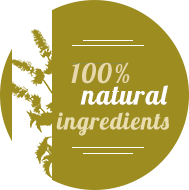Our ingredients
Greece hosts 50% of plant biodiversity in the EU and 80% of flora in the Balkans.
Rare herbs and more than 6,500 different species and subspecies of plants grow here, 1,200 of which are endemic, a number that places Greece in the first three countries in the world in number of endemic plants according to geographical area.
This gives us an advantage, great possibilities and of course pure ingredients with great cosmetic and pharmaceutical value.
Crete, in particular, has olive trees over 3000 years old that still produce fruits, thousands of plants and herbs, more than any other place in the world as far as taste, aroma, nutritional, pharmaceutical and cosmetic value is concerned.
-
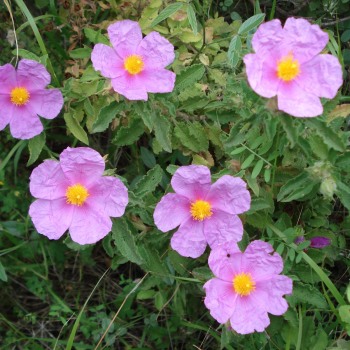
-
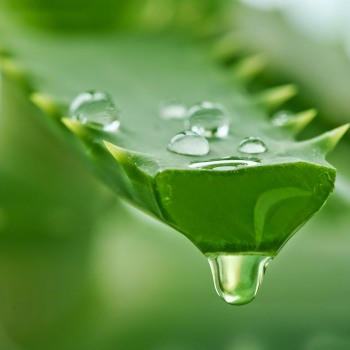
-
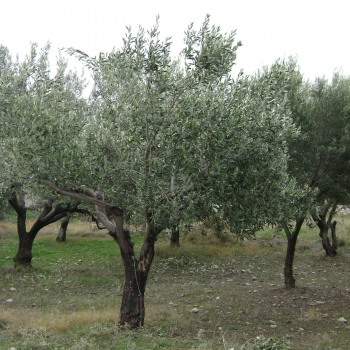
Cretan Olive oil
-
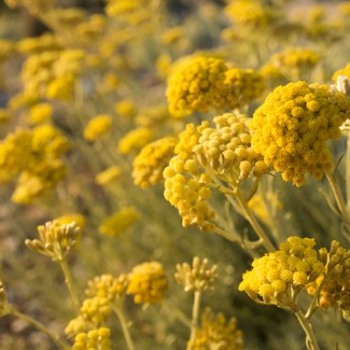
Helichrysum
-
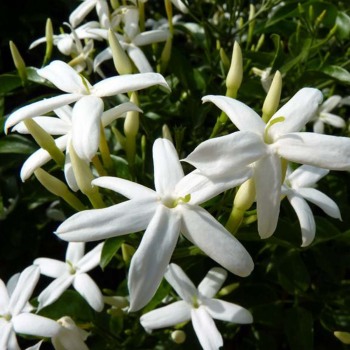
Jasmine
-
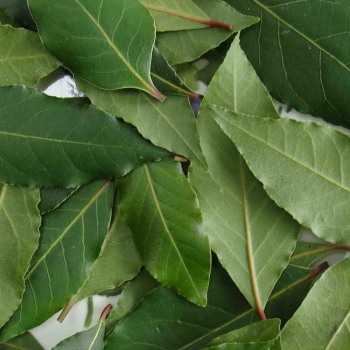
Laurus nobilis
Laurus nobilis is an aromatic evergreen tree or large shrub with green, glossy leaves, native to the Mediterranean region.
-
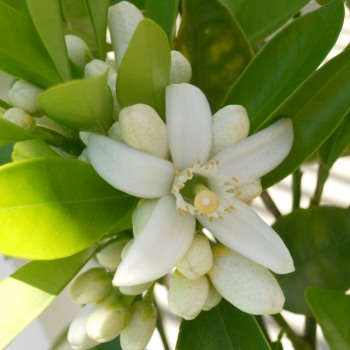
Neroli
Neroli oil is an essential oil produced from the blossom of the bitter orange tree (Citrus aurantium subsp. amara or Bigaradia).
-
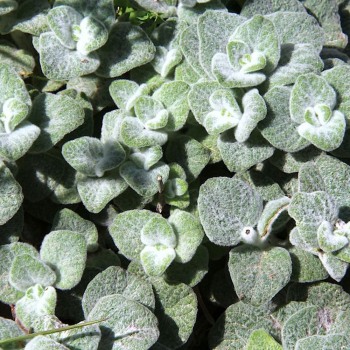
Origanum dictamnus, the dittany of Crete,
Origanum dictamnus (dittany of Crete, Cretan dittany known in Greek as δίκταμο (díktamo, cf. "dittany") or in Cretan dialect "έρωντας" (erontas, "love").
-
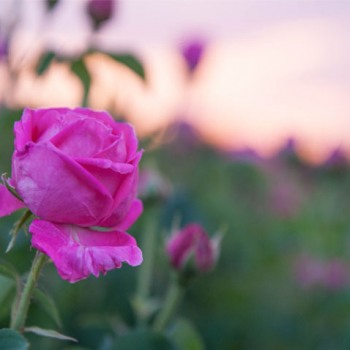
Rose
A rose is a woody perennial flowering plant of the genus Rosa, in the family Rosaceae, or the flower it bears.
-
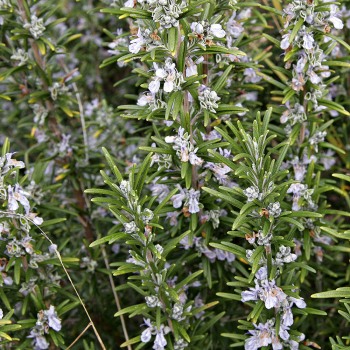
Rosemary
Rosmarinus officinalis, commonly known as rosemary, is a woody, perennial herb with fragrant, evergreen, needle-like leaves and white, pink, purple, or blue flowers, native to the Mediterranean region.
-
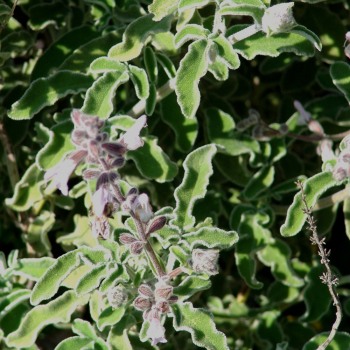
Sage
Salvia officinalis (sage, also called garden sage, common sage, or culinary sage) is a perennial, evergreen subshrub, with woody stems, grayish leaves, and blue to purplish flowers.


